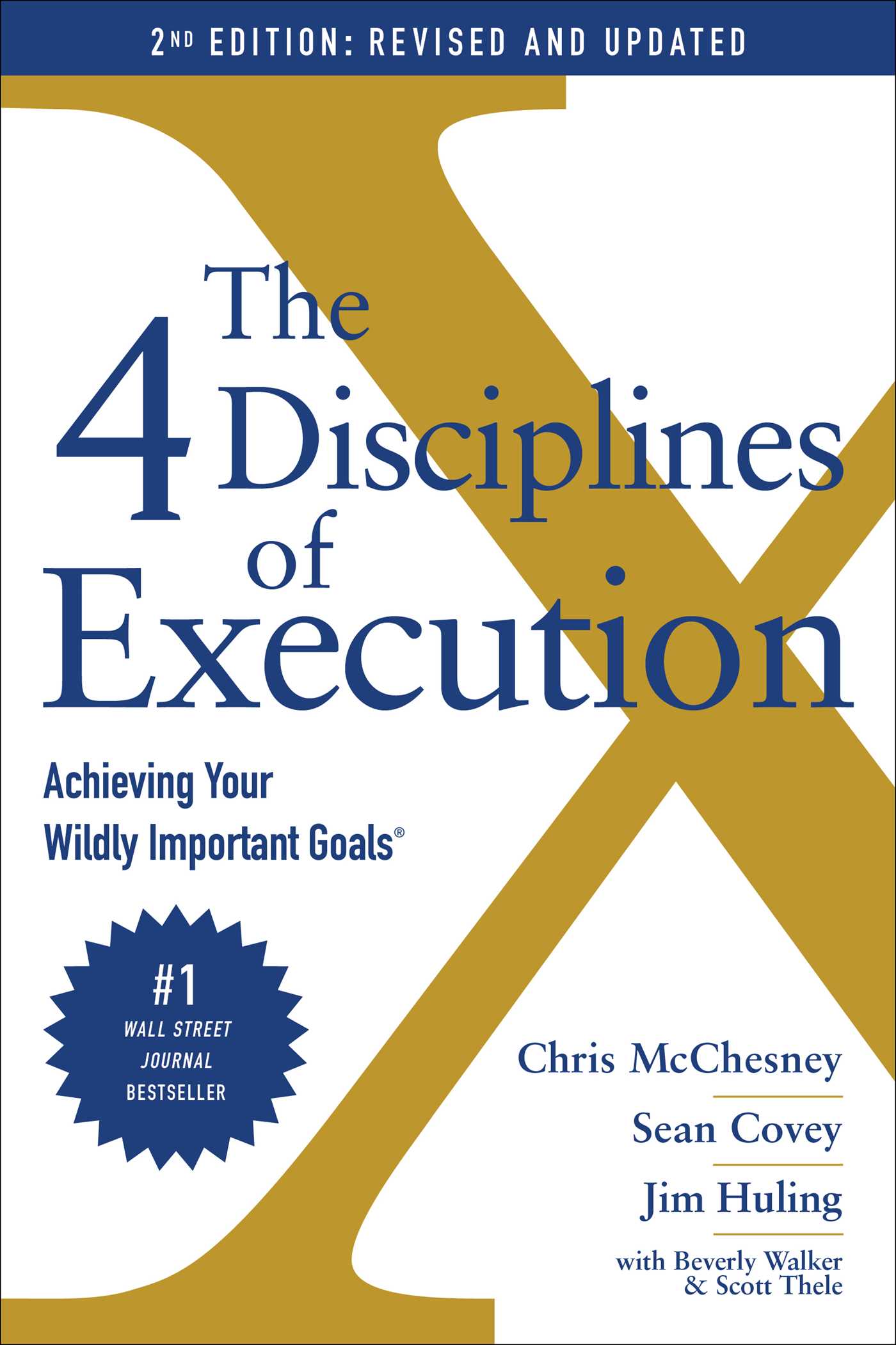What do you think?
Rate this book


336 pages, Paperback
Published April 19, 2022

Discipline 1: Focus on the Wildly Important: The key question: “If everything stayed the same, where do we need to see the most improvement?” The authors note: “Attempting to spread limited capacity across multiple goals is the most common cause for failure in execution” (19).
Discipline 2: Act on the Lead Measures: Lead measures focus on each team’s most impactful actions/behaviors. They are predictive of achieving the goal and can be influenced by team members.
Discipline 3: Keep a Compelling Scoreboard: People play differently when they keep score.
Discipline 4: Create a Cadence of Accountability: The cadence of accountability is a rhythm of brief, regular, and consistent meetings to (1) report on action taken, (2) review the scoreboard, (3) identify specific action steps (commitments) to act on lead measures.My takeaways: